Trekking tours to Machu Picchu
Explore a lesser-known route to Machu Picchu with our alternative trekking tours, perfect for those seeking a more authentic experience. Moving away from conventional tourist routes, we will take you along lesser-known paths that allow you to discover the natural and cultural beauty of the Peruvian Andes in a unique way.
Share moments with local communities, learn about their ancestral traditions firsthand, and experience experiences that will truly connect you with Andean culture. From workshops where you'll learn artisanal techniques passed down through generations to traditional ceremonies steeped in symbolism and spirituality, each activity is designed to help you experience the mountains from within, with an open heart and awakened senses.
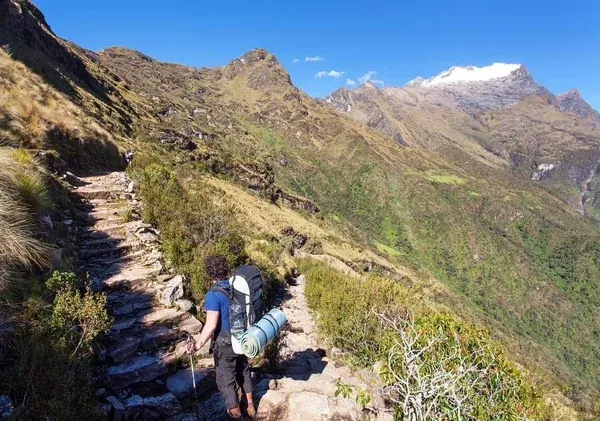
The best hiking tours
If you're searching for the top hiking experiences in Peru, you've come to the right place. Our hiking tours cater to all levels, whether you're a beginner or an experienced trekker. Explore the stunning beauty of the Andes, immerse yourself in nature, discover ancient Inca ruins, and witness the unique flora and fauna that this incredible region has to offer. Each tour offers a rewarding and unforgettable experience, filled with adventure and new discoveries.

Lares trek to Machu Picchu 4 days
Are you looking for a unique route to Machu Picchu that deeply connects you with nature and Andean traditions? The Lares trek offers the perfect combination of Andean culture and stunning natural beauty. For four days, you will travel through remote villages, experience the route with local families, and immerse yourself in their rich traditions.
From: 570USD per person
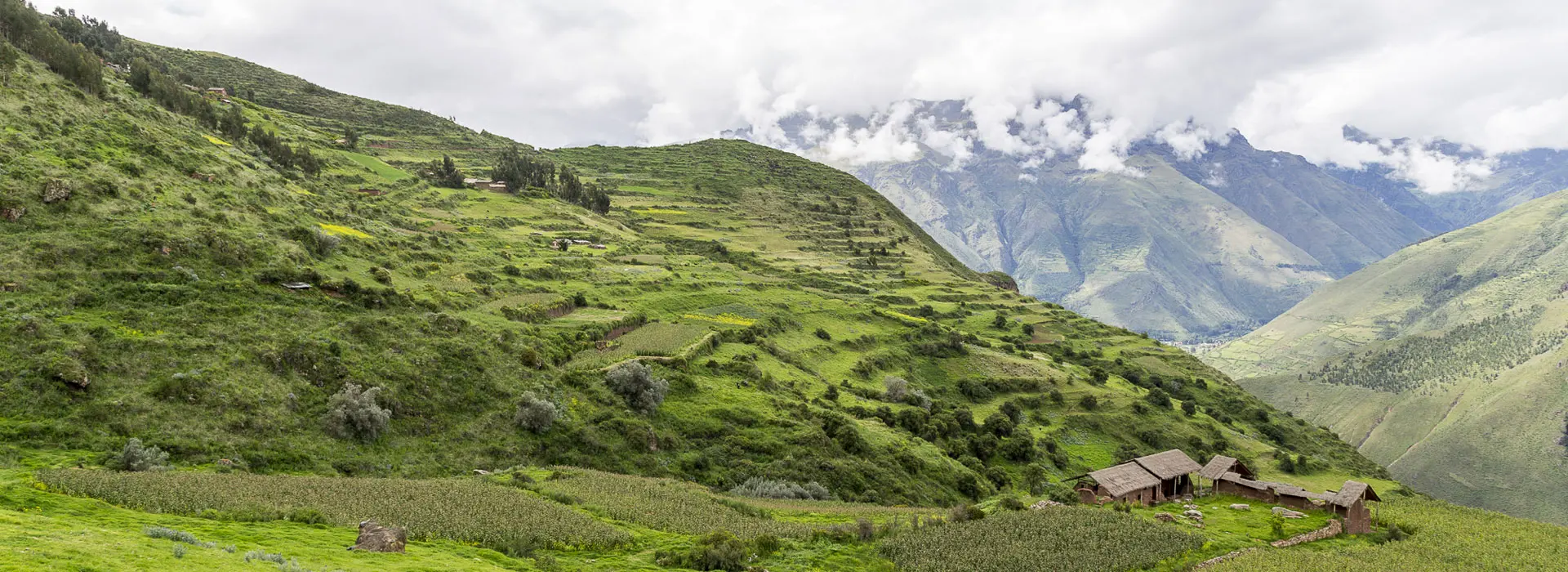
Huchuy Qosqo Peru and Machu Picchu hike 2 days / 1 nigths
This archeological center is one of the most important in the Urubamba River valley, after Ollantaytambo and Pisac. Its location and archeological remains are impressive, today they are little deteriorated due to their age. It was the favorite place of the Inca, Wiraqocha
From: 350USD per person
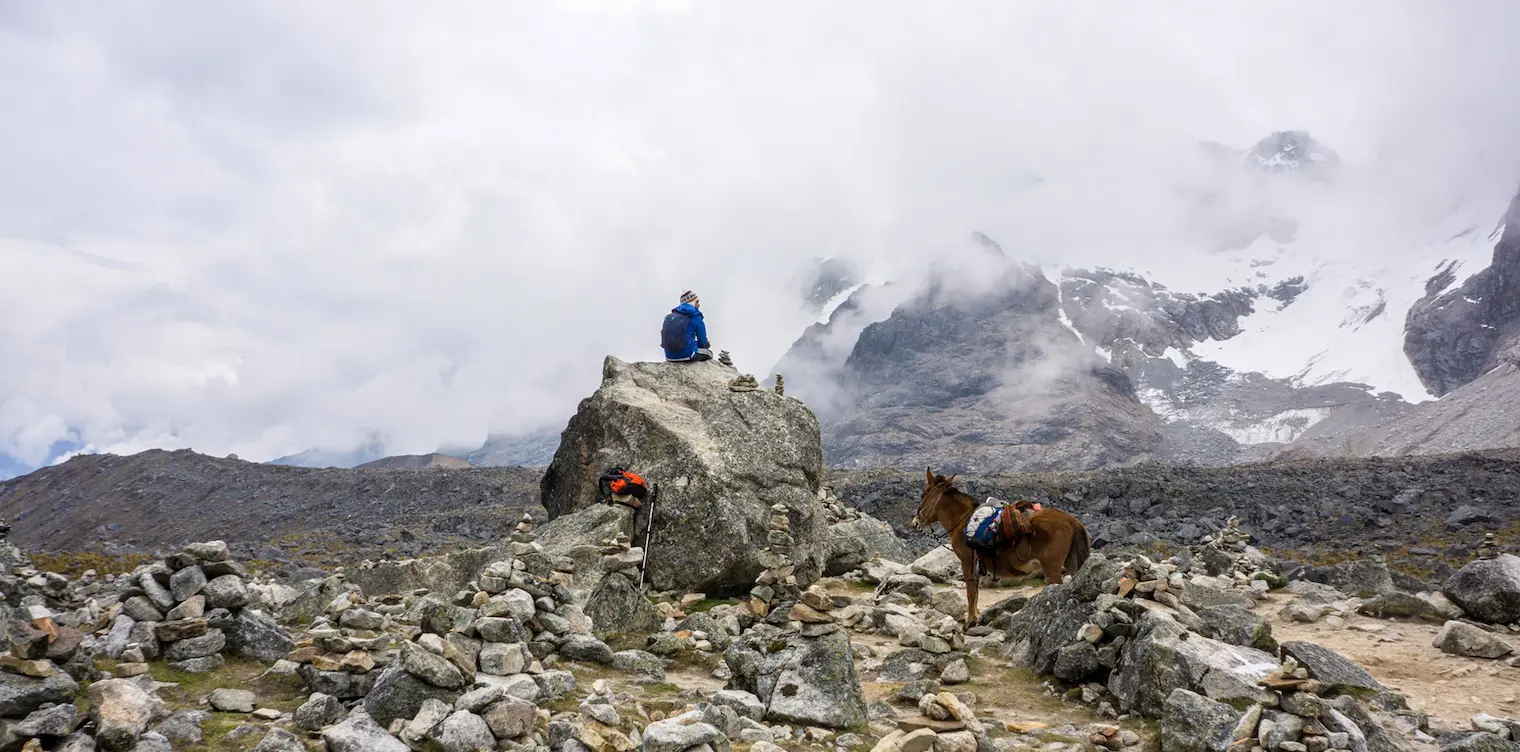
Salkantay trek 4 days
From: 480USD per person
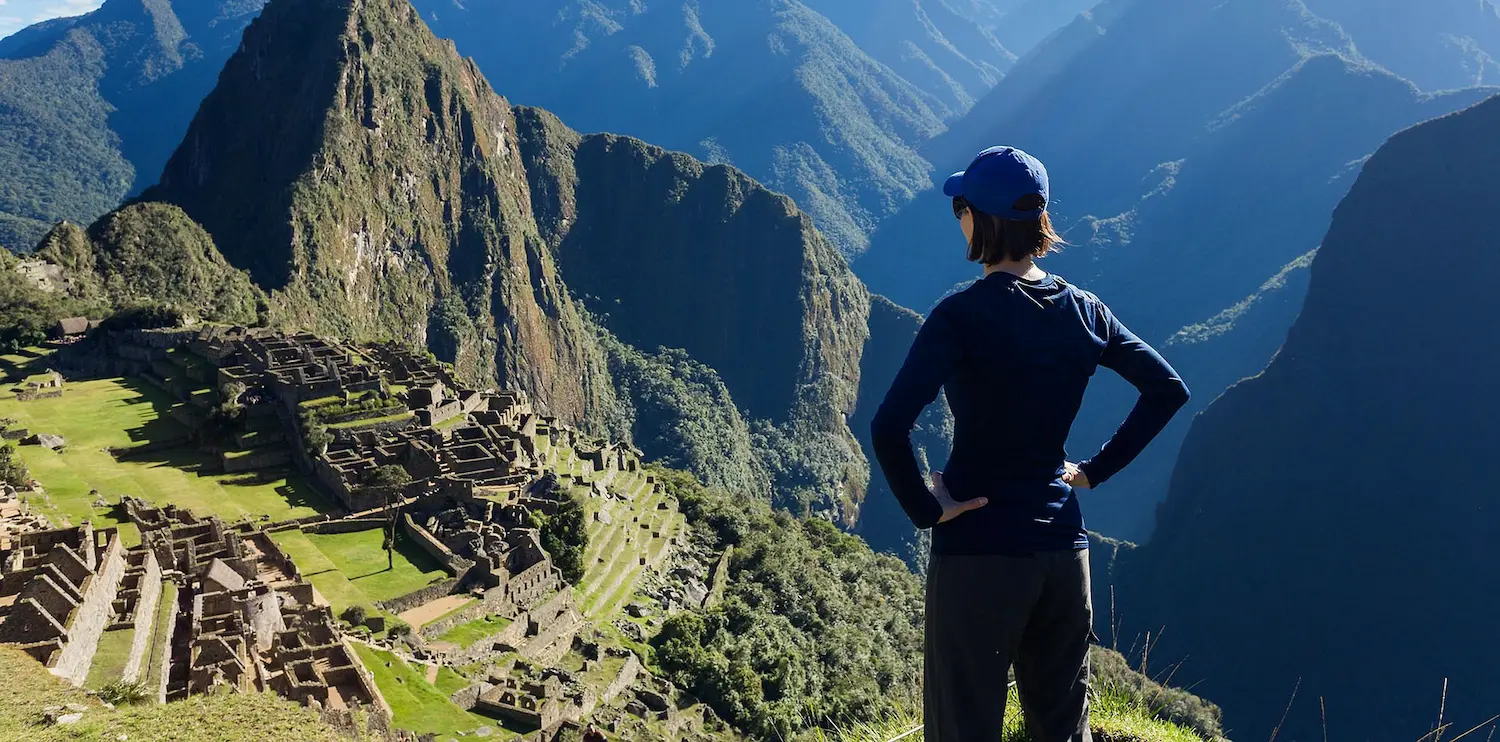
Salkantay trek 5 days
From: 420USD per person
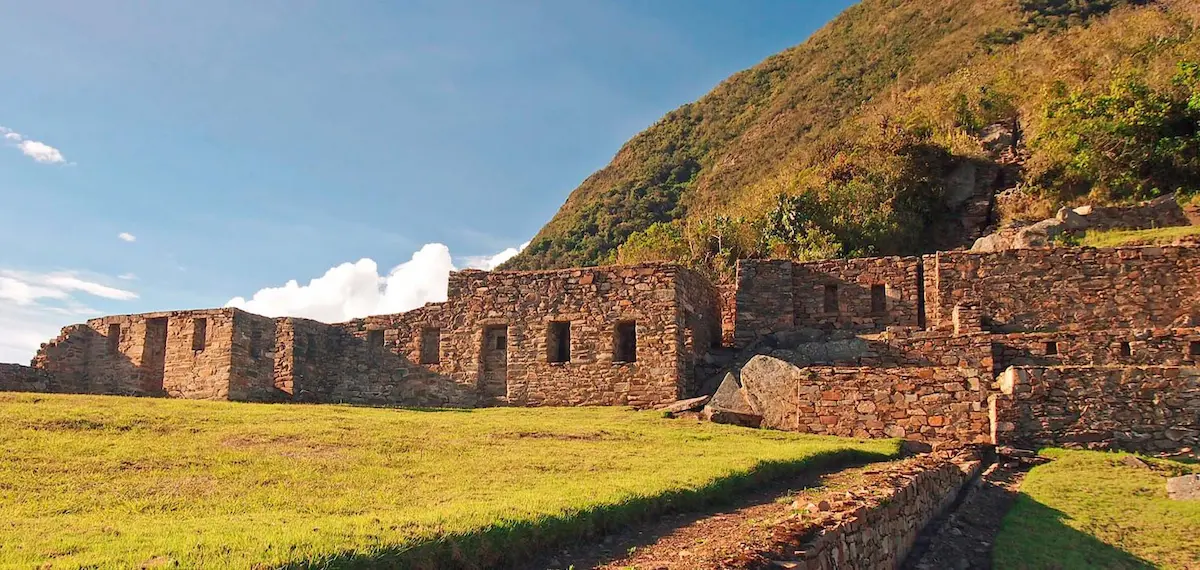
Choquequirao trek 5 days
The Machu Picchu and Colored Mountain Tour, we will explore the most popular places, be dazzled by the beautiful archaeological site of Ollantaytambo, where the Temple of the Sun and the Moon is located. We will visit the majestic Machu Picchu and its incredible history.
From: 550USD per person
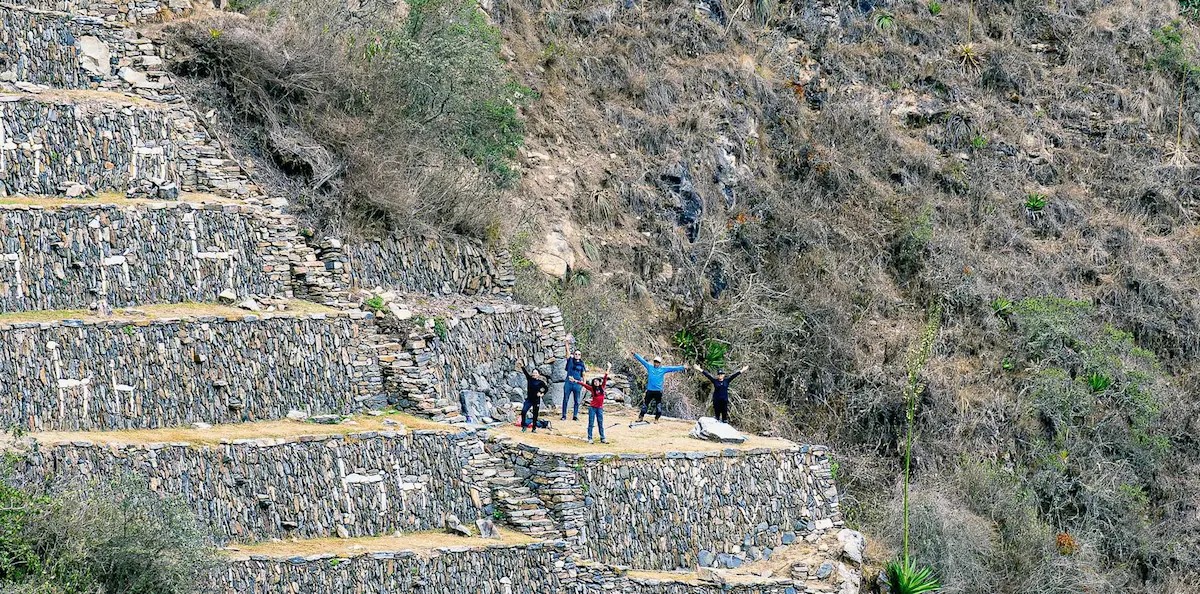
Choquequirao Trek 4 days
This Choquequirao Trek 4 days is perfect for adventurers who want to explore one of Peru’s most fascinating archaeological sites without taking too much time. The trek offers an exciting and challenging journey through the stunning landscapes of the Apurímac Canyon and the Andes, all while discovering the mystical ruins of Choquequirao, an ancient Inca city that many people consider to be the “sister city” of Machu Picchu.
From: 400USD per person
What is a Trekking Tours?
A trekking tour is a guided experience that involves hiking along natural trails, exploring stunning landscapes, and connecting with nature. Adapted to different levels of difficulty, these tours offer the opportunity to learn about the local environment while enjoying a walk in the fresh air, disconnecting from the daily routine.
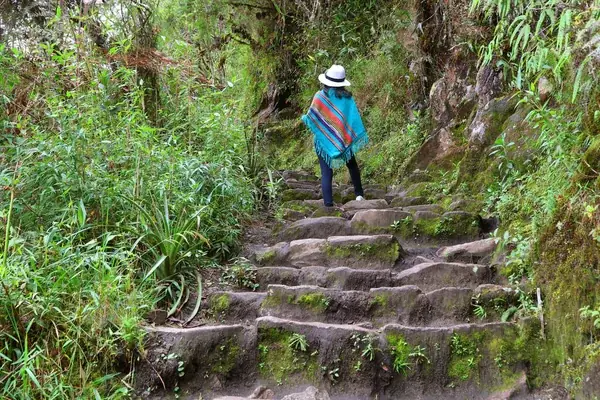
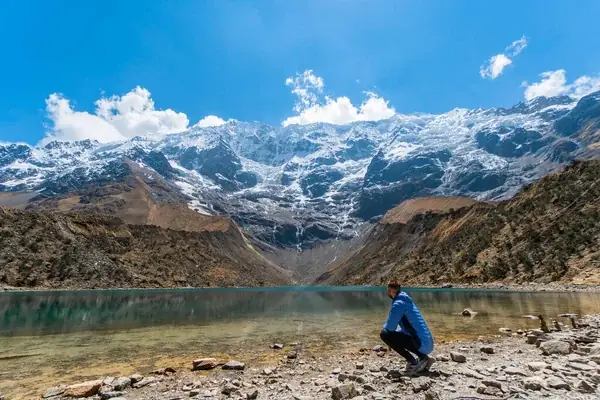
Is trekking tours difficult?
The difficulty of trekking depends on the type of route and each person's level of preparation. Some hikes are easy and accessible for beginners, with well-marked trails and gentle terrain. Others, however, require greater physical stamina and experience, as they involve steep terrain, altitude changes, and variable weather conditions. However, regardless of the level, trekking is an activity that can be adapted to everyone, as long as routes are chosen that are appropriate for personal abilities and the appropriate equipment is available.
¿What is Trekking vs Hiking?
Trekking and hiking are two terms often used interchangeably, but they have some key differences. Trekking generally refers to longer, more challenging hikes that can last several days and often involve difficult terrain, such as mountains or remote areas. It typically requires a higher level of physical fitness and specialized equipment.
On the other hand, hiking is more accessible and refers to shorter hikes, typically day hikes, on easier or moderate trails. Although it can be a physically demanding activity, hiking doesn't typically require as much preparation or technical equipment as trekking.
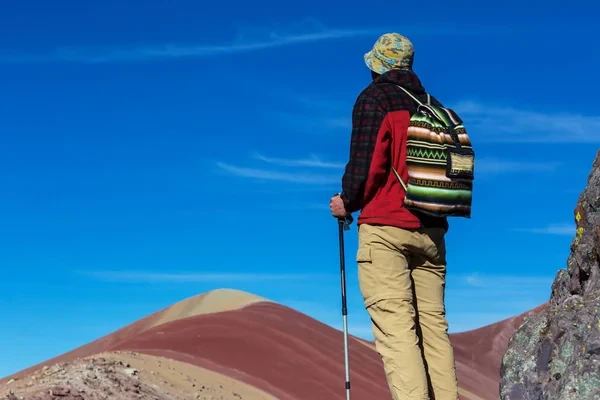
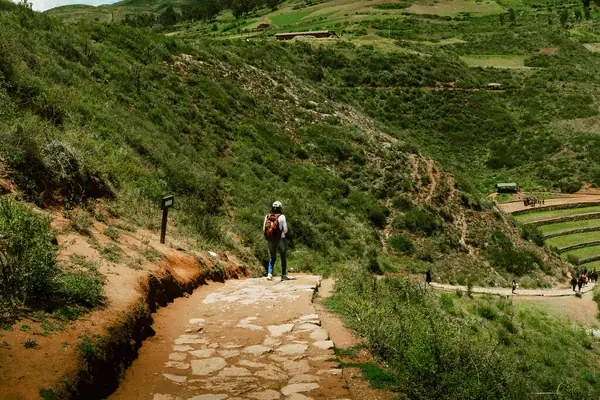
Is trekking good for your health?
Yes, trekking is excellent for your health. It's a physical activity that combines cardiovascular exercise with muscle strengthening, improving endurance, circulation, and heart health. Furthermore, walking outdoors reduces stress and anxiety, allowing you to disconnect from your daily routine and enjoy nature. It also contributes to improved mental health, increasing overall well-being, concentration, and mood.
Best time to go trekking in Peru
The best time to go trekking in Peru is during the dry season, which runs from May to September. During these months, the weather is more stable, with less rain, making hiking in the mountains and along the trails easier. Temperatures are pleasant, especially in the highlands, although nights can be chilly. While this is peak season for trekking, it's also when the landscapes are clearest, allowing for spectacular views.
On the other hand, between November and April is the rainy season, so some trails can become more challenging due to landslides and slippery terrain. However, if you enjoy hiking in a more peaceful environment and don't mind the occasional rain shower, this season may be an option.
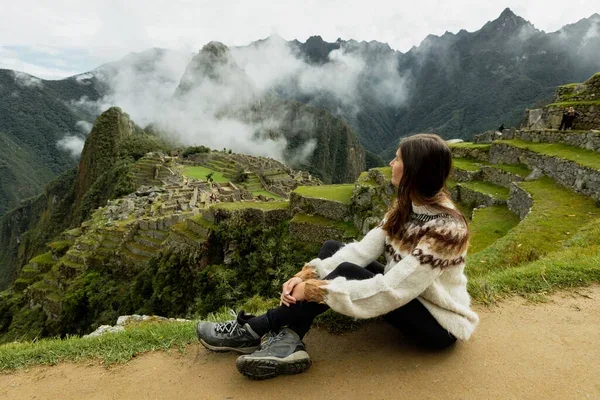
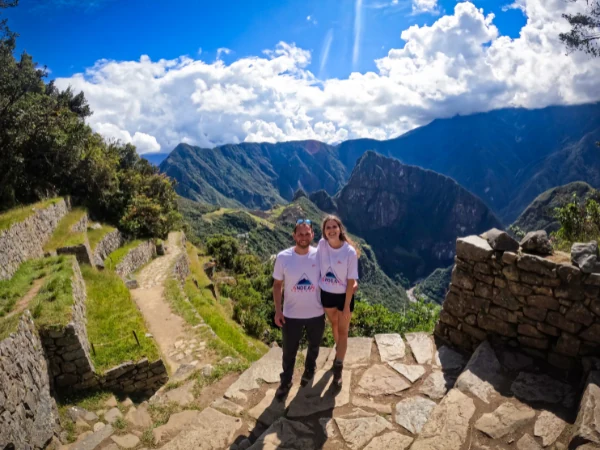
Advantages of joining a guided trekking tour
Joining a guided trekking tour offers multiple advantages. First, you'll have an expert guide who knows the route well, ensuring a safe hike without surprises. Additionally, guides often share information about the local flora, fauna, and culture, which enriches the experience. Guided tours handle all logistics, including transportation, accommodations, and meals, so you can enjoy the trek worry-free. Another benefit is camaraderie, as you'll hike with other participants, sharing the adventure and supporting each other.
Frequently asked questions about trekking tours in the Andes
It is perfectly normal to have a few questions about preparations, altitude, and what to expect while you embark on your journey across the Andes. In this section, you will find responses to the doubts most commonly asked by travelers before reserving a trekking tour, from level of difficulty and experience needed, to basic information about what gear to bring, acclimatizing to the altitude, and safety.
What is the difficulty level of treks in the Andes?
Trekking in the Andes offers routes for all levels, from beginner-friendly paths to challenging high-altitude climbs. Some treks cover 10-15 km daily at mid-altitudes, while others are more demanding. Difficult routes often involve steep climbs, temperature changes, and longer distances. Higher-altitude treks require good physical condition and mountaineering experience.
What previous experience do I need to do a trek in the Andes?
For most treks in the Andes, prior experience isn’t necessary, especially if you opt for moderate or easy routes. However, for high-altitude treks, such as those above 4,000 meters, it is essential to have good physical preparation. Additionally, if you plan to do routes that involve summits or glaciers, you will need extra mountaineering skills, or at least the guidance of professional guides.
How long do treks in the Andes last?
Trek duration depends on the route. Short hikes last 2-4 days, while longer ones may take 5-7 days. Some challenging routes require camping at higher altitudes for acclimatization. Multi-day treks combine easier paths with tough sections.
How can I prevent altitude sickness?
Altitude sickness is a common concern when trekking in the Andes, especially at altitudes above 3,500 meters. To prevent it, it’s essential to acclimatize gradually, allowing your body to adapt to the high-altitude environment before undertaking demanding hikes. Additionally, staying well-hydrated and eating light meals regularly can help minimize the effects of altitude sickness. It’s crucial to listen to your body: if you experience symptoms such as dizziness, headaches, or nausea, the best course of action is to descend to a lower altitude to avoid complications. Proper acclimatization, along with good planning, is key to enjoying the experience safely.
What should I carry in my backpack during trekking?
During a trek in the Andes, carrying proper gear is essential for comfort and safety. Wear layered technical clothing to adjust to temperature changes. Sturdy trekking boots with ankle support are necessary for uneven terrain. A hydration system, like water bottles or a hydration pack, is crucial at high altitudes. Bring energy snacks, such as energy bars or nuts, to maintain energy. Don’t forget sun protection items like sunscreen, sunglasses, and a hat. A basic first aid kit with medications and bandages is essential. A camera is also recommended to capture the stunning Andean landscapes.

